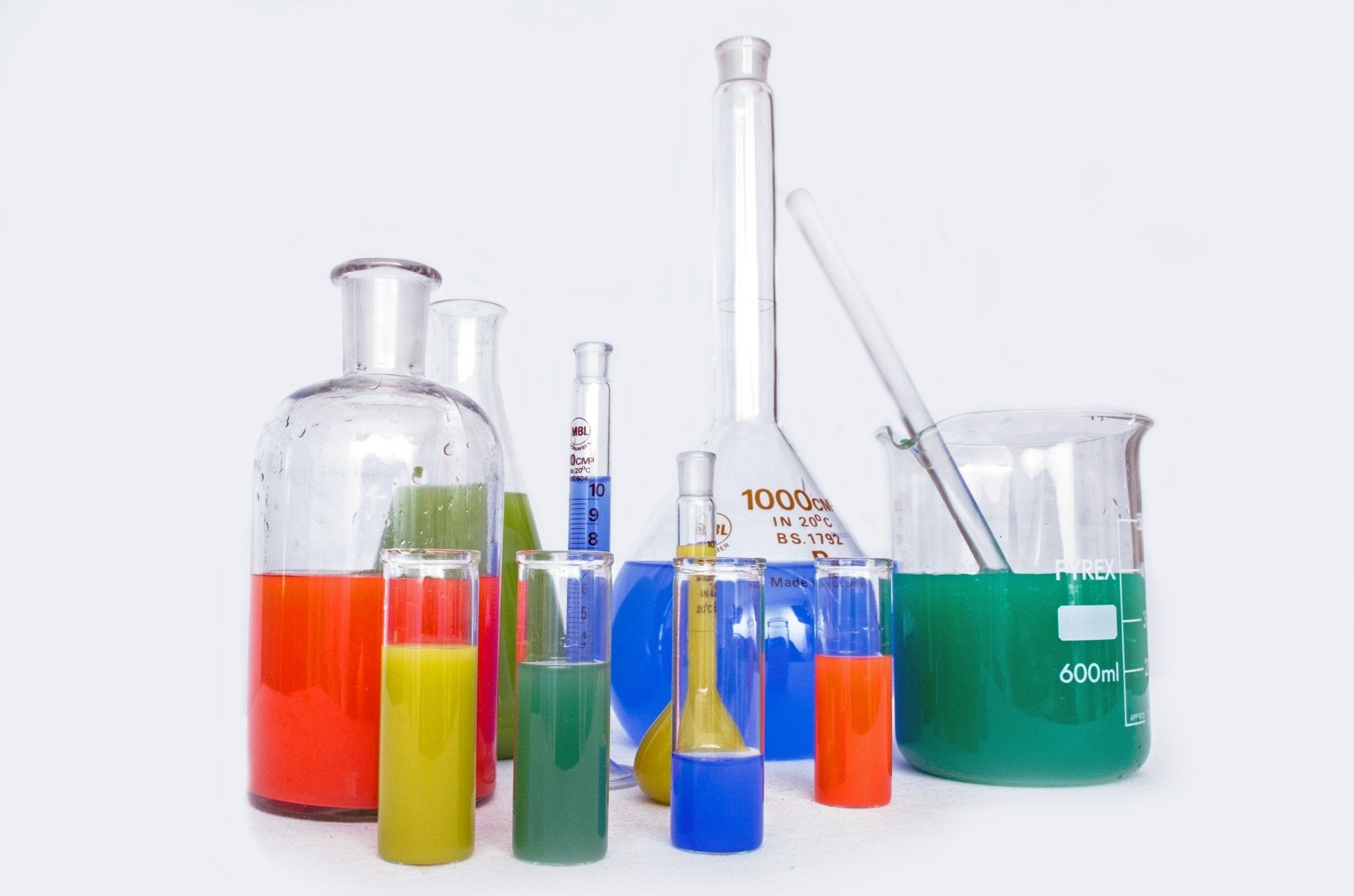Chemical Analytics Reporting Made Easy

There are many aspects to consider when creating and interpreting a chemical analytics report, but there is an easy way to create it that won't overwhelm your team. You can use Microsoft Power BI to make the process easier by combining data from various sources. You can quickly and easily act on new insights, and share those insights with other departments or teams. This solution provides a comprehensive single source of truth for all data, making it easier to spot trends, predict challenges, and improve your operations.
The chemical analytics primary goal is to develop consensus-based reporting standards for metabolomics experiments. The working group aims to align reporting standards with the highest-quality analytical journals. Its objective is to create reporting standards that can help ensure the validity and understandability of metabolomics data. The group is currently working on a model for the process, which will help developers and potential users alike.
To make better decisions, chemical companies need reliable, transparent data that helps them monitor, manage, and report on their products. To help companies do this, Smarter Sorting has built the largest database of environmentally sensitive products. With this data, companies can identify chemical hazards and develop new strategies to combat them. Smarter Sorting provides a single source for these data, which improves the understanding of the chemical's fate, activity, and transport throughout its entire life cycle.
A student should also understand the statistical methods used to evaluate data. A statistical test will be used to determine the level of uncertainty associated with each measurement, and statistical tests will be used to estimate the confidence limits of acquired data. Once the results are calculated, the students should be able to explain the statistical process used to generate the results. The process will be easier if students understand the importance of statistical analysis. By learning the statistical process, they will understand the importance of data quality and the role of the data in the process of analysis. With chemical recycling, people eliminate hazards fast.
Most chemical analysis falls under instrumental analysis, which involves the use of instruments other than a balance. Instruments can measure a variety of properties of analytes, characterize chemical reactions, or even quantify the properties of analytes. The types of instruments used to analyze a chemical are described in various categories. Listed below are some of the major categories of analytical methods. And remember that chemical analysis involves sampling! So how can you perform it properly?
Visit https://www.dictionary.com/browse/analytical-chemistry to know more about chemical analytics.
